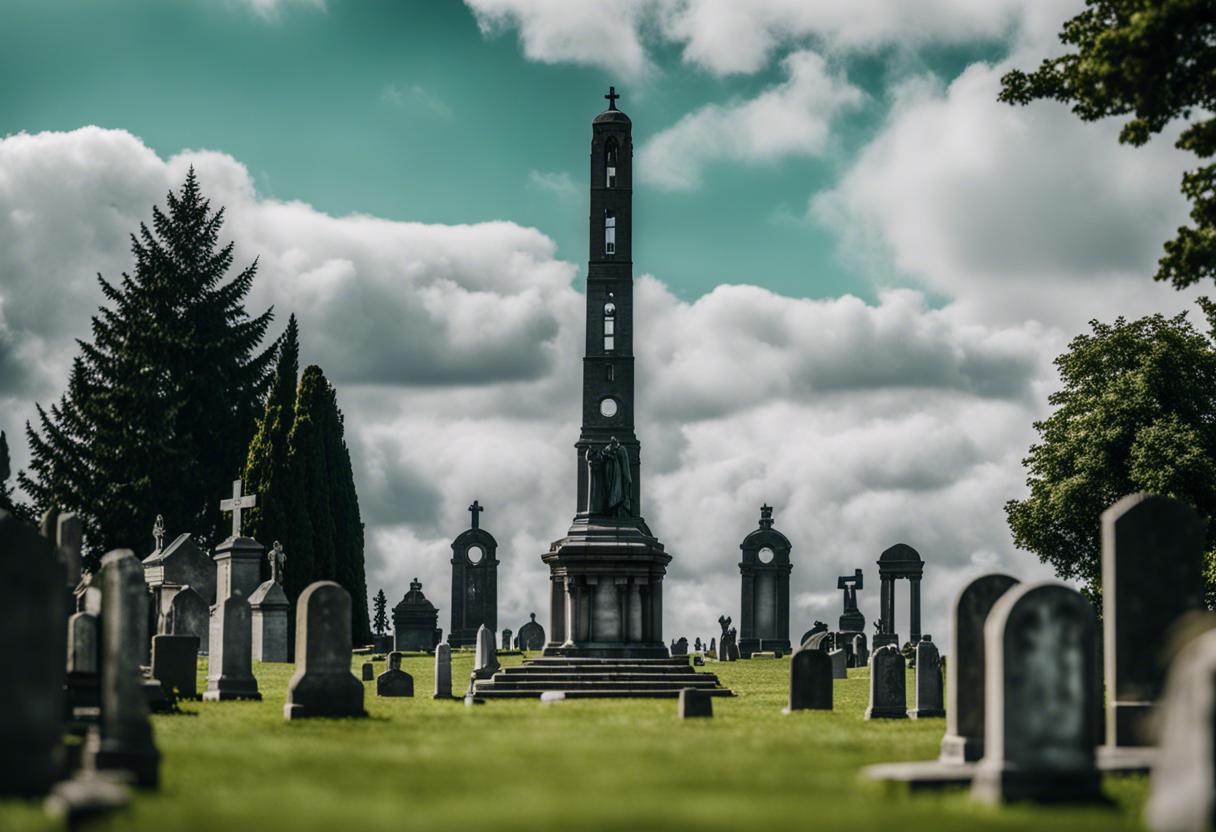Visitors with a keen eye who see the graffiti at the top of Ireland’s tallest cylindrical tower might mistake the engraved year as being nine years prior. In actuality, the ’15’ marks the year 1915. Just below this, the initials “E.H” were etched by a visitor in 1862. As pointed out by Glasnevin Cemetery’s heritage officer, Ultan Moran, the location was popular even in that era.
The posthumously named O’Connell Tower, in honours of the founder of the cemetery, shut its doors in 2023 for a redesigning process. Now reopened, it essentially functions as a tribute to Daniel O’Connell. Unlike a conventional exhibit, however, visitors learn about O’Connell as they climb the tower.
There are panels with audio-visual narrations of O’Connell’s accomplishments and details along the tower’s 198 steps. There are also occasional platforms for visitors to rest before continuing their climb. Near the tower’s midpoint, a panel discussion talks about the noticeable crack to the right which was caused by a 1971 bombing incident.
Included in the cemetery’s broad history are events of grave desecration and corpse theft. The tower itself fell victim to an attack when a bomb, hidden in a biscuit tin and positioned at the tower’s base, devastated its interior, as stated by Moran. Consequently, the tower remained closed for approximately 47 years prior to its restoration in 2018.
There are reassuring signs for trekkers who get to the 164th step, reading “Almost there”. Upon reaching the top, visitors have a bird’s eye view of the vast land where about 1.5 million individuals are interred. Notable burials include thousands of famine victims, Éamon de Valera, Countess Markievicz, and Michael Collins.
Daniel O’Connell was ahead of his time in the 1830s, envisioning a space that accommodated people of varying faiths or even those without faith. As stated by Moran, this was an extraordinarily forward-thinking concept at that time. Viewing Dublin from the elevated position of the 55m tall construction reveals much of its expanse. the CEO of Dublin Cemeteries Trust, Aoife Watters, once described the tower, which was accomplished in 1855, as an appropriate tribute to O’Connell.
O’Connell’s remains were moved to a crypt at the foot of this tower in 1869, which was designated as his permanent burial spot. The crypt additionally houses the coffins of O’Connell’s offspring, grandchildren, and a great-grandchild, with a section reserved for future progeny. Those wishing to visit the tower should expect an entrance fee of €10 and consider their physical fitness, as navigating the tower may be challenging.

